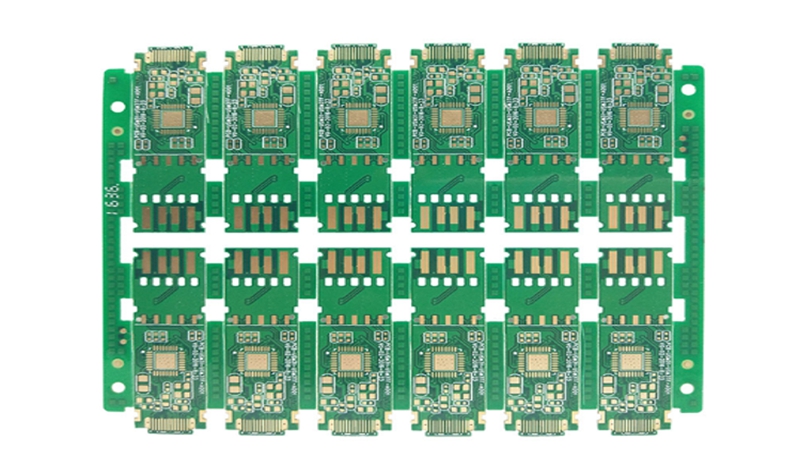The heat generated during the operation of electronic equipment causes the internal temperature of the equipment to rise rapidly. If the heat is not dissipated in time, the equipment will continue to heat up, the device will fail due to overheating, and the reliability of the electronic equipment will decline. Therefore, it is important to dissipate heat from the circuit board. So what should be done specifically? The Flexible PCB Circuit Board Supplier will tell you below.
1.High heat generating device plus radiator and heat conduction plate
When there are a few devices in the PCB with a large amount of heat (less than 3), a heat sink or a heat pipe can be added to the heating device. When the temperature cannot be lowered, a heat sink with a fan can be used to enhance heat dissipation. effect. When there are a large number of heating devices (more than 3), a large heat shield (board) can be used. It is a dedicated heat sink customized according to the position and height of the heating device on the PCB board or a large flat heat sink. Cut out different component height positions. The heat sink is buckled on the surface of the component as a whole, and contacts each component to dissipate heat. However, the heat dissipation effect is not good due to the poor consistency of the components during assembly and welding. Generally, a soft thermal phase change thermal pad is added on the component surface to improve the heat dissipation effect.
2. Heat dissipation through the PCB board itself
At present, the widely used PCB boards are copper-clad / epoxy glass cloth substrate or phenolic resin glass cloth substrate, and there are a few paper-based copper-clad boards used. Although these substrates have excellent electrical properties and processing properties, they have poor heat dissipation properties. As a heat dissipation method for highly heat-generating components, it is almost impossible to rely on the PCB resin to conduct heat, but to dissipate heat from the surface of the components to the surrounding air. However, as electronic products have entered the era of component miniaturization, high-density mounting, and high-heat assembly, such as Rigid Flex PCB Design, it is not enough to dissipate heat only by the surface of the component with a very small surface area. At the same time, due to the large use of surface mount components such as QFP and BGA, the heat generated by the components is transferred to the PCB board. Therefore, the best way to solve the heat dissipation is to improve the heat dissipation capability of the PCB itself that is in direct contact with the heating element.
Rigid PCB
3.Use reasonable wiring design to achieve heat dissipation
Due to the poor thermal conductivity of the resin in the plate, and the copper foil lines and holes are good conductors of heat, increasing the copper foil residual rate and increasing the heat conduction holes are the main means of heat dissipation. To evaluate the heat dissipation capability of a PCB, it is necessary to calculate the equivalent thermal conductivity of a composite material composed of various materials with different thermal coefficients-an insulating substrate for a PCB.
4. For equipment using free convection air cooling, it is best to arrange integrated circuits (or other devices) in a vertical or horizontal manner.
5. The devices on the same printed board should be arranged as much as possible according to the amount of heat generated and the degree of heat dissipation. Devices with low heat generation or poor heat resistance (such as small signal transistors, small-scale integrated circuits, electrolytic capacitors, etc.) should be placed. At the top of the cooling airflow (at the entrance), devices with high heat generation or heat resistance (such as power transistors, large-scale integrated circuits, etc.) are placed at the most downstream of the cooling airflow.
6. In the horizontal direction, high-power devices should be arranged as close to the edge of the printed board as possible to shorten the heat transfer path; in the vertical direction, high-power devices should be arranged as close to the top of the printed board as possible to reduce the temperature of these devices on other devices during operation.
7. The temperature-sensitive devices are best placed in the lowest temperature area (such as the bottom of the device). Do not place them directly above the heating device. Multiple devices are preferably staggered on the horizontal plane.
The above is the heat dissipation technique of PCB circuit board introduced by Rigid PCB Manufacturer. I hope it can help everyone.

没有评论:
发表评论